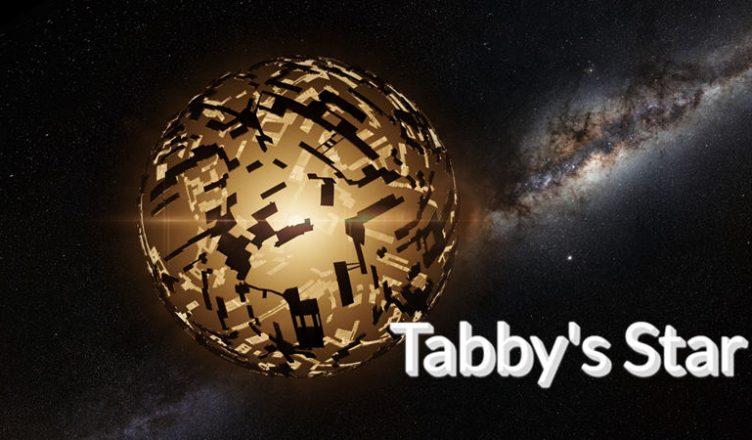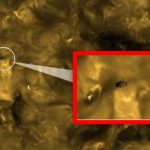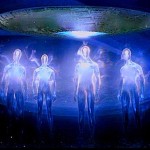Tabby’s Star (also known as KIC 8462852) is an F-type main-sequence star in the constellation Cygnus, located approximately 1,480 light-years away from Earth. It has a radius 1.58 times that of the Sun, a mass 1.43 times that of the Sun, and a brightness 4.68 times that of the Sun. Its surface temperature is 6,750K, making it a slightly larger main-sequence star compared to the Sun.
Initially, Tabby’s Star appeared to be a typical star, but as scientists delved deeper into its study, they discovered unusual variations in its brightness. At times, its brightness can change by as much as 1%, and in some instances, it has experienced fluctuations exceeding 22%. Over the course of a century, from 1890 to 1989, Tabby’s Star’s brightness decreased by 14%. These peculiar brightness fluctuations have led to various intriguing theories and speculations. Some have even suggested that Tabby’s Star might be surrounded by a Dyson sphere. However, most scientists approach the phenomenon from a practical perspective. Here are six unique features of Tabby’s Star:
1. Exploring Tabby’s Star: The Mystery of an Alien Megastructure
Since 2011, some amateur astronomers have been paying attention to a certain star. In their discussions, this star was referred to as “intriguing” and “peculiar.” It’s officially designated as KIC 8462852 but commonly known as Tabby’s Star, named after Tabetha Boyajian, an astronomer from Columbia University. Tabby’s Star is one of the strangest celestial objects ever discovered. It experiences rapid flickering and dimming over the course of several days and then unpredictably returns to its usual brightness. Now, astronomers at Columbia University have a new explanation for this phenomenon. Tabby’s Star has been dubbed an “alien megastructure” star, and it has been observed for over a century but only gained scientific attention in 2015. It was then that astrophysicist Tabetha Boyajian noticed its irregular dimming, with brightness sometimes dropping by as much as 22%, lasting for days or even weeks.
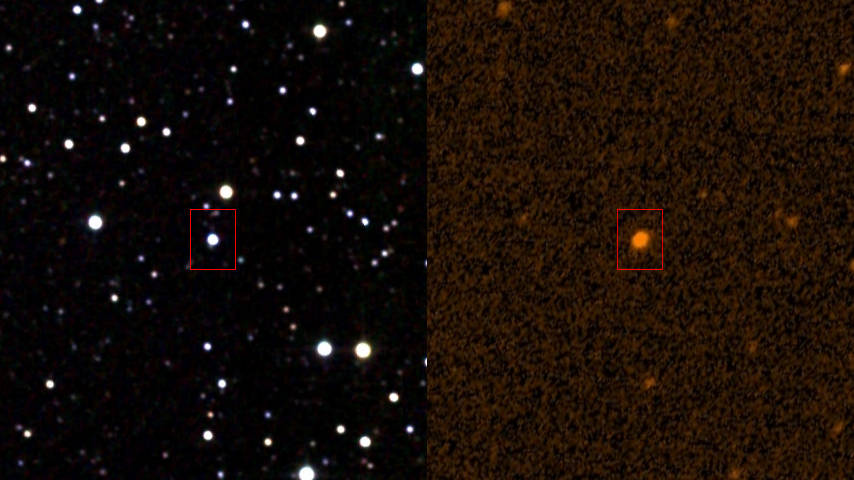
2. The Enigmatic Tabby’s Star: Astonishing Discoveries by Yale University Astronomers
Originally a typical F-type star, slightly larger and hotter than our Sun, Tabby’s Star is situated in the Cygnus constellation and is approximately 1,480 light-years away from Earth. However, Tabetha Boyajian, an astronomer from Yale University known as “Tabby,” along with her colleagues and citizen scientists participating in the “Planet Hunters” crowdfunding project, made a peculiar discovery. When they analyzed data from NASA’s Kepler Space Telescope, they found dozens of bizarre occurrences where the star’s brightness dimmed continuously over periods of 100 days. During this process, the star, now affectionately called “Tabby’s Star,” dimmed by up to 22%, and there were no periodic orbital motions of planets to explain this phenomenon—only irregular, unpatterned obscuration. On May 19, 2017, KIC 8462852’s brightness dimmed once again as expected.
3. Deciphering the Mystery of Tabby’s Star: The Puzzle of Non-Periodic Brightness Variations
Data from the Kepler Space Telescope reveals that the brightness of this star experiences several non-periodic abrupt decreases, with varying intensities each time. Additionally, there are two major dips that occur roughly every 750 days. The irregularity in both intensity and non-periodic changes has left scientists perplexed. If a multitude of small objects were in a “dense formation” orbiting the star, the results would match the data observed by Kepler.
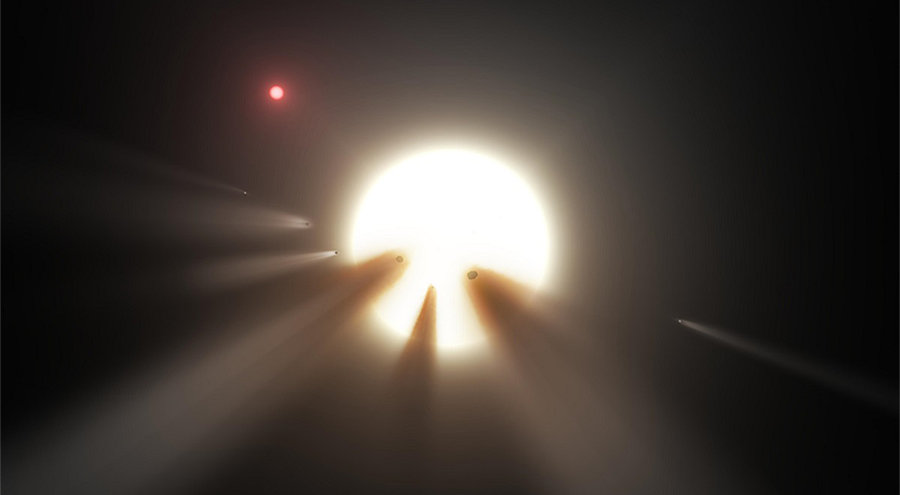
The first significant dip covered 15% of the star’s brightness, while another caused a 22% decrease. Typically, if planets orbit a star and block a portion of its light, the star’s light curve would exhibit a small dip, representing the dimming of starlight, typically within a 1% range. However, KIC 8462852’s brightness variations are substantial and entirely unpredictable. Over more than four years, researchers observed deep dips of up to 15% and 22% occurring around the 800th and 1500th day of observations. This suggests that it’s not a planet blocking the star’s light but rather an object with a width about half that of the star itself.
4. The Enigma of Tabby’s Star: The Truth Behind the Dust Hypothesis
In the Royal Astronomical Society Monthly Notices, they published a paper discussing various possible explanations. Aside from equipment or data issues, possibilities considered include variations in brightness stemming from the star’s interior, dust in the asteroid belt, or dust created by planetary impacts blocking starlight. In this scenario, comets from the star’s Oort cloud could be falling toward the star due to the gravitational influence of nearby stars. Supporting this hypothesis is the presence of a red dwarf star at a distance of 132×10 kilometers (885 astronomical units) from the star. However, the idea that comets from the Oort cloud, after gravitational perturbations, would closely orbit the star in elliptical orbits and cause a 22% brightness dip is met with skepticism.
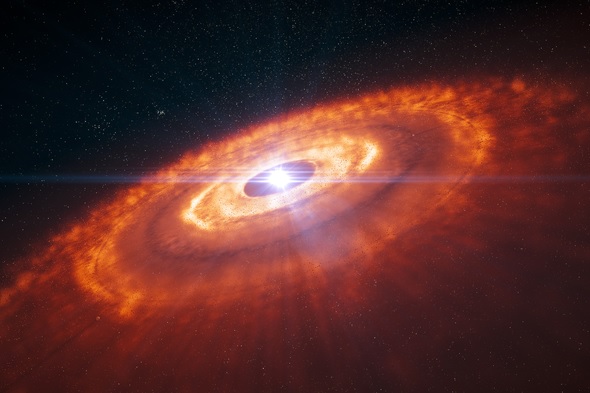
They also ruled out these possibilities one by one. Each explanation contradicts the observed phenomenon. For instance, some young stars do indeed exhibit peculiar brightness variations, just as our Sun did when it was newly formed, with dust clumps gathering around it, potentially blocking starlight. However, such stars would emit specific infrared radiation, which KIC 8462852 (Tabby’s Star) does not. Various other indicators also show that KIC 8462852 is not a young star: it is a mature F-type star, 1.5 times the size of the Sun. The likelihood of such a scenario is extremely low. NASA’s Wide-field Infrared Survey Explorer (WISE) observed this star between 2009 and 2011 and found no evidence of planetary collisions in that region. Subsequently, the Kepler observations began, and the time gap between the two observations is very short. It is highly improbable that planetary collisions happened during such a short interval. Kepler had to be looking at the right place at the right time to witness a group of comets passing in front of the star.
5. Analyzing Tabby’s Star: Examining the Planet Collision Hypothesis
High-resolution spectroscopic and imaging observations have been conducted on this star, along with spectral energy distribution analysis using the Nordic Optical Telescope in Spain. If collisions were occurring between objects orbiting the star, they should produce warm dust and emit infrared radiation. However, no excessive infrared energy has been observed so far, making it unlikely that these objects are remnants of collisions between massive planets. Other researchers argue that the planetary debris field explanation is not viable due to the extremely low probability of Kepler detecting such a phenomenon.
6. Tabby’s Star: The Enigma of the Extraterrestrial Hypothesis
In 2014, Boyajian shared her data with Jason Wright, an astronomer at Pennsylvania State University, during an academic conference. Wright was equally astonished by what he saw, describing the light variations as “crazy.” Wright himself was working at the “Center for Exoplanets and Habitable Worlds,” and at the time, he was writing a paper discussing how Kepler could potentially detect massive space structures constructed by extraterrestrial civilizations. He believed that all the explanations Boyajian had offered were “natural factors,” and there was another possibility – that the brightness variations were caused by an extraterrestrial civilization. He subsequently included KIC 8462852 (Tabby’s Star) in his paper draft. “We propose that KIC 8462852 may be a target of the most promising ‘Search for Extraterrestrial Intelligence’ (SETI) observations to date,” he and his colleagues wrote.
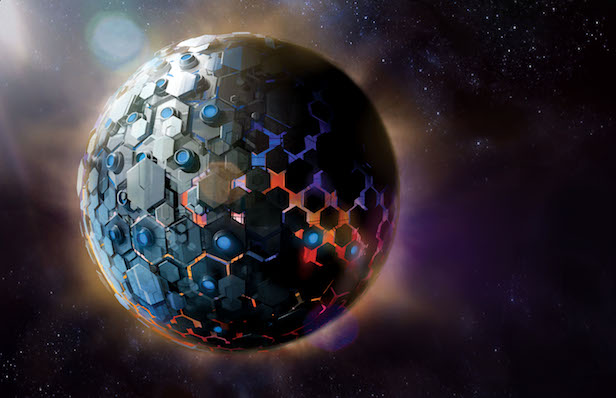
In an earlier paper, Wright and his team suggested that if a civilization constructs a massive space structure, they would likely build more of them. The consequence of this is that there would be a variety of structures of different sizes and orbital periods orbiting the star. If these structures eventually completely envelop the star, it would form a “complete Dyson Sphere.” Wright and his colleagues analyzed that based on the periodicity and lack of repeatability in the light variations of KIC 8462852, the obscuring objects are on a very long orbit. With a light variation of up to 22%, it implies that the size of the obscuring objects is at least one-quarter of the star’s diameter. If these obscuring objects are indeed the work of intelligent beings, then according to the standards proposed by Soviet astrophysicist Nikolai Kardashev, that civilization would have reached the “Type II civilization” stage.
END:
The future prospects of Tabby’s Star are filled with exciting possibilities. Although we have not yet found a fully satisfying explanation for its unusual changes in brightness, scientists will continue to study this mysterious star. Here are some key aspects of the future prospects for Tabby’s Star:
- Ongoing Observation and Research: Scientists will continue to use modern telescopes and technology to continuously observe and monitor the changes in Tabby’s Star. With extended observation periods, we may discover more patterns or regularities that could provide additional clues to explain the variations in brightness.
- More Data Collection: Future efforts may involve the use of higher-resolution telescopes, observations in the infrared and ultraviolet spectra, and increased data collection to gain a more comprehensive understanding of Tabby’s Star’s properties and its surrounding environment.
- Exploration of the Extraterrestrial Civilization Hypothesis: The hypothesis that an extraterrestrial civilization has built giant space structures around Tabby’s Star remains a highly intriguing area of investigation. Scientists may continue to explore this hypothesis, searching for more evidence or indications of extraterrestrial civilization.
- New Theories and Models: Scientists will continue to develop new theories and models to attempt to explain the behavior of Tabby’s Star. This may include exploring additional physical mechanisms, such as activity within the star itself or objects surrounding the star.
- Focus on SETI Projects: Tabby’s Star is considered a potential sign of extraterrestrial civilization, and it may receive attention from the Search for Extraterrestrial Intelligence (SETI) projects. There may be further efforts to search for radio signals or other signs around Tabby’s Star.
In summary, the future prospects of Tabby’s Star are characterized by mystery and challenges. It will continue to inspire the enthusiasm of scientists and astronomers, aiding in our deeper understanding of unknown phenomena in the universe and potentially providing valuable clues about extraterrestrial civilizations. Regardless of the outcome, this enigmatic star will remain a captivating focus of astronomical research.
More UFOs and mysterious files, please check out our YouTube channel: MysFiles
What NASA found on Mars in 2023? New Evidence of life on Mars?
